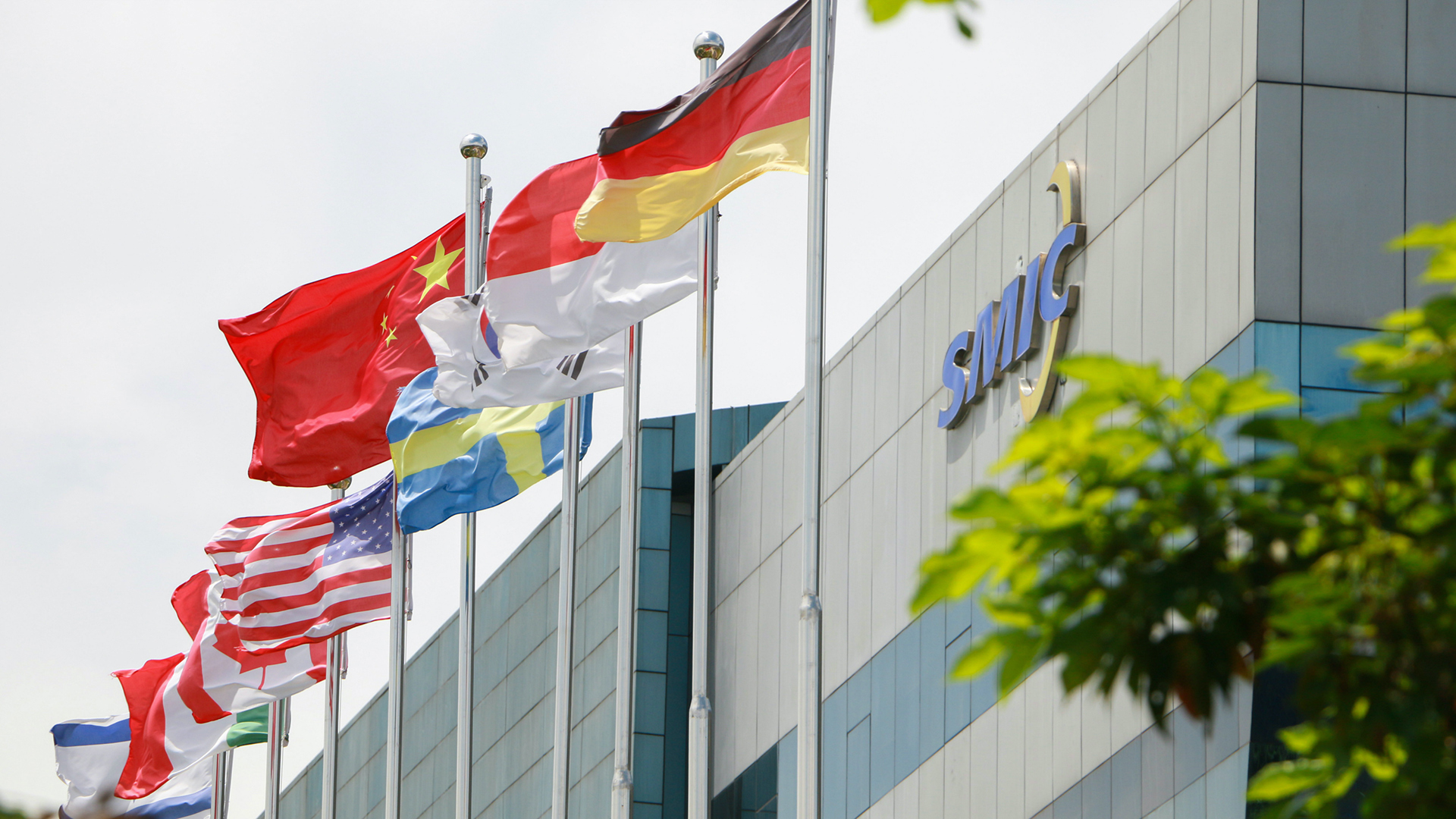China’s semiconductor exports are growing, but today’s success might not be the clear victory that state media makes it out to be. Industry analysts believe that China’s chip sector may be reaching overcapacity and that supply will dwarf demand in the coming months. That could mean we seepredictions of a price warand achip glutspurred by China’s overproduction ofdomestically produced mature node process nodescome to fruition.
DigiTimes Asiareports on the General Administration of Customs of China’s recent reports on semiconductor imports and exports, highlighting growth in both segments. In May alone, China imported $30 billion worth of integrated circuits, adding to a total of 213 billion units imported since January 2024. These units are worth an estimated $148 billion, marking a 14.9% year-over-year increase in the country’s chip imports.

On the inverse, China exported 25.3 billion integrated circuits worth $12 billion. With a total export value of $62 billion since January, China’s semiconductor exports have grown 21.2% year-over-year. Beyond just chips, China’s computer and computer component export value has increased 6.1% year-over-year in the same period.
Chinese state media heralds these import and export increases as a major win for the Chinese tech sector. This is especially true for SMIC, which is now the world’ssecond-largest pure-play foundry. However, a closer look at SMIC reveals some concerns for China’s chip future: SMIC’s most recent earnings report reveals revenue growth but falling profits. This could be attributed to increased R&D costs as SMIC breaks into new technologies, but many non-Chinese media outlets identify the cause of the decline as overcapacity.

A look at China’s neighboring countries sheds more context on China’s chip market’s economic standing. South Korean chip exports grew to $11.4 billion in May, marking a 54.5% year-over-year increase. The United States, China’s largestchip trade rival, is also growing its chip capabilities and is expected to produce30% of the world’s leading-edge chipsby 2032. China’s market growth is more tame compared to these actual numbers and predictions, and a recent pivot by China to legacy chip production may contribute to the possible overcapacity.
China is finding itselfunable to competeon leading-edge processes. Zhang Pingan, CEO of Huawei Cloud Computing, recently spoke to this concern, saying: “The reality is that we can’t introduce advanced manufacturing equipment due to U.S. sanctions, and we need to find ways to effectively utilize the 7nm semiconductors.” Chinese chip production has trended much older than 7nm — China’s output of legacy chipsgrew 40% in Q1 2024. China’s money is being made off of the chips it can safely produce, but there are valid concerns that this focus is causing overcapacity as the world’s industries thirst for bleeding-edge tech.
Growing Chip War sanctions andtariffs from the USare threatening China’s export game more and more. The Biden administration has announced a50% tariff on Chinese semiconductorsand is considering a25% tariff on Chinese-made GPUs and motherboards, potentially seriously hurting brands such as Asus and MSI, and Chinese exports at large. If U.S. sanctions and tariffs continue to increase, Chinese manufacturing will find itself out of safe places like legacy chip production to run to — perhaps turning overcapacity fears into stark reality.
Get Tom’s Hardware’s best news and in-depth reviews, straight to your inbox.
Sunny Grimm is a contributing writer for Tom’s Hardware. He has been building and breaking computers since 2017, serving as the resident youngster at Tom’s. From APUs to RGB, Sunny has a handle on all the latest tech news.